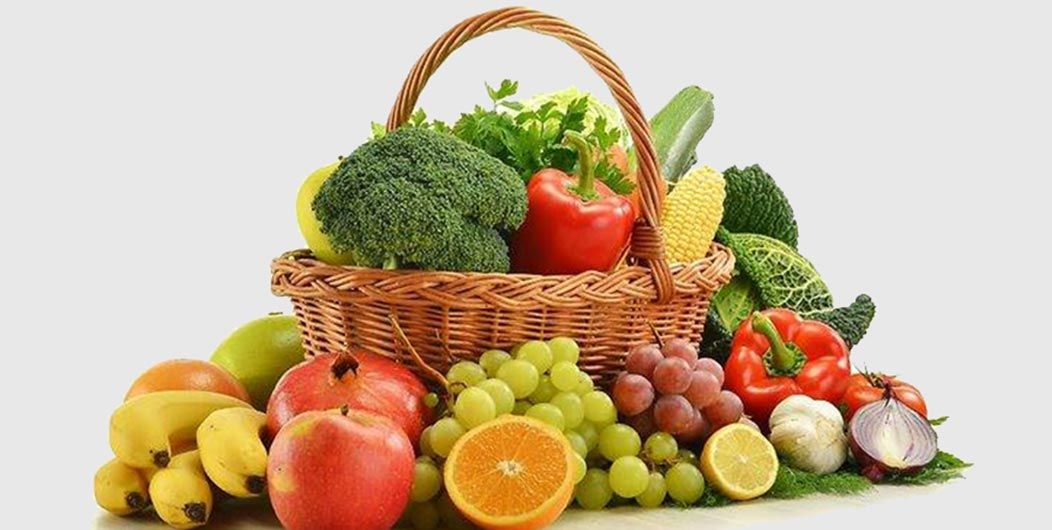
Agriculture is one of the primary means of livelihood for a majority living in the suburbs and rural areas in Sri Lanka. This has a lot to do with the fact that the island receives monsoonal, convectional, and depressional rains annually. Agriculture, especially in Sri Lanka, is a big business now. Farmers must carefully choose the best type of farming for their location. Deciding which is the best type of farming usually depends on several physical factors such as the climate and soil and human factors like the size of the farm, technology, machinery, distance from the markets, and transportation. Agriculture in Sri Lanka typically involves rice, fruits, vegetables, and livestock. Other crops grown in Sri Lanka include coconut, tree, and rubber.
The Sri Lankan agricultural industry has evolved and grown in various ways over the centuries. In earlier days, indigenous Sri Lankans heavily depended on manual labour, animals, and natural resources to cultivate their crops. In the contemporary agricultural setting, local farmers have adopted various innovative techniques and technology to cultivate and harvest their crop yield. This use of modern methods is placing consumers at the centre and proving to be highly efficient. Overall, these drastic changes have been momentous in driving the Sri Lankan agricultural sector forward as a promising South Asian nation with the ability to reach new heights.
Most of Sri Lanka was once covered in dense forests and marshlands. As farming techniques developed, the forests were cleared and the marshes were drained by native inhabitants. Later, crops were cultivated and irrigation methods were established.
Agriculture-centred communities built their villages close to water bodies such as reservoirs and rivers. Reservoirs are natural or artificial lakes that have been a part of the complex irrigation system which was used since the era of the great kings. Minneriya, Parakrama Samudra, and Elahera are some of the widely known reservoirs in Sri Lanka. Furthermore, the waters of rivers such as Mahaweli were optimised for irrigation and power. Agriculture has also changed in other ways.
In the past, farmers received money or subsidies, for certain types of farming regardless of whether it was best for them or their land. However, this has changed recently and farmers now receive a single payment based on the size of the farm. This has given farmers greater freedom to choose exactly what they want to do with their land. The history of agriculture in Sri Lanka has essentially been one that was predominantly based on rice cultivation. Even now, rice is Sri Lanka’s biggest agricultural industry.
According to the Mahāvaṃsa, an ancient non-canonical text written in the fifth century CE on the Kings of Sri Lanka, Sri Lanka has a history of using its foods and food traditions which are intrinsically linked to agriculture to ensure foreign trade, govern power and form diplomatic relations. Over the years, agricultural practises were sustained by teaching the skills and techniques through generations - from father to son.
However, in contemporary Sri Lanka, the problem of the rising age of farmers and the lack of interest in farming by young adults is widely acknowledged and is a major barrier. The government confirms the problem, but there are some exceptions. Thus, a solution needs to be proposed to avoid potential problems to the agricultural supply chain due to the reduction of manpower.
Agricultural supply chains play a growingly important role in the stable and sustainable development of agriculture in Sri Lanka. The agricultural chain typically involves small farms and home gardens, cluster organisations, commercial farms, agro zone projects, integrated agriculture projects, villages, central collecting centres, provincial wholesale markets, and economic centres.
The modernization of the Sri Lankan agricultural industry with the use of technology has created competition among supply chains to bring their products directly to consumers. The use of technology has been a major factor that revolutionised Sri Lanka's agriculture supply chains. However, smaller farmers are still experiencing various forms of obstacles in establishing direct relations with consumers. Instead, they rely on a long chain of intermediaries. Intermediaries have been contributing to the development of the rural community by increasing rural income and assuring the quality and freshness of agricultural products.
The outbreak of Covid-19 in early 2020 has exposed many vulnerabilities in the domestic supply chains. Although the agriculture sector has been relatively affected, many farmers (both locally and globally) still suffered various losses due to social restrictions, shortages of labour, temporary import restrictions, increased levels of food loss and wastage due to market closure, blockages to transport routes and declined demand(1). However, the government has implemented a range of timely measures to manage and minimise the negative impact and ensure the livelihood of local farmers.
Sri Lanka’s agricultural sector plays a major role in creating jobs, raising incomes, reducing malnutrition, and kick-starting the economy on the path to success. The most recent examples of nations that at least doubled the value of their agriculture sector within 20 years of starting its transformation include Brazil, China, and Vietnam. Currently, the island nation has a sufficient, widely spread and well-connected supply chain that includes a diverse range of local communities. Therefore, the future is promising with a lot of drive and potential.
Due to the country’s diverse climatic regions, Sri Lanka produces a wide variety of fruits, nuts, and vegetables. The manufacturing and exporting of more than 9000 tonnes of produce annually solidify Sri Lanka as a major exporter of fruits, nuts, and vegetables.